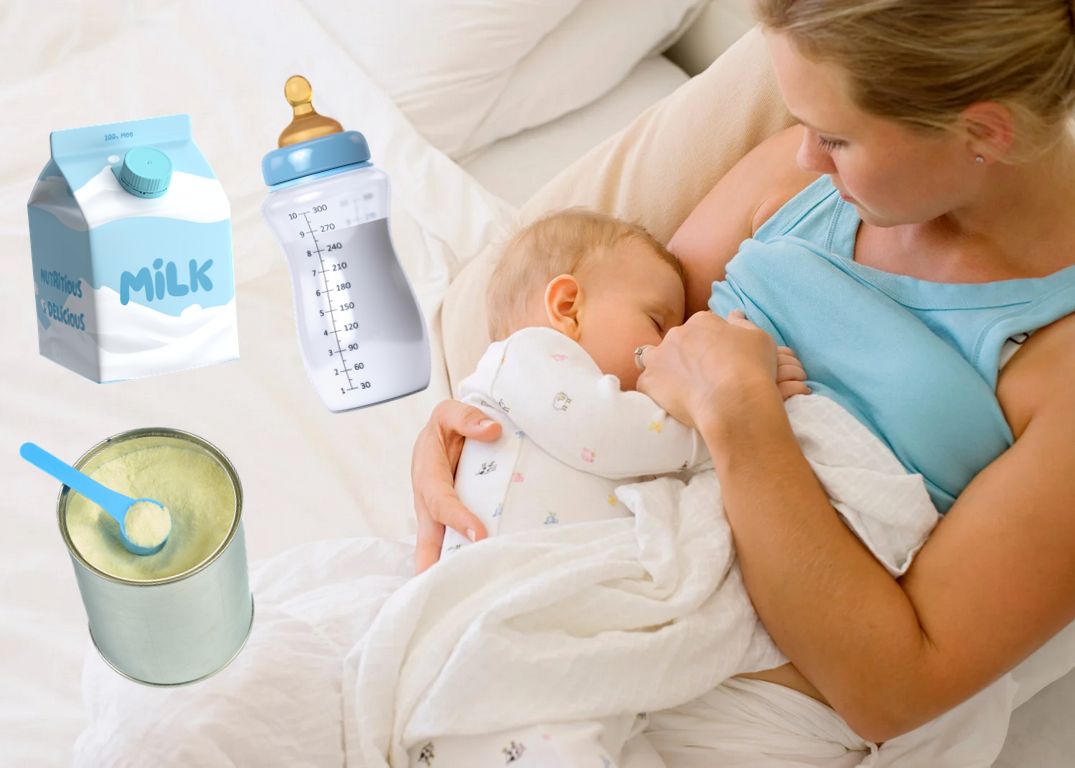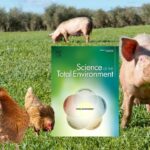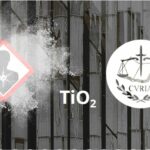
Titanium dioxide nanoparticles found even in human, animal and infant milks
Contamination with nanoparticles of titanium dioxide (TiO2) is even more widespread than expected. Researchers from French laboratories found them in all the milks tested: infant milks, human breast milks and milks from cows, goats and donkeys. .
A nearly widespread contamination
In a press release published on July 23, INRAE unveils the results of a study carried out in partnership with AP-HP, the SOLEIL synchrotron and CNRS and published the same day in Science of the Total Environment. They revealed the presence of titanium nanoparticles (TiO2):
- in 100% of animal milks (fresh or powdered, from cows, donkeys or goats, organic or conventional)
- and in 83% of infant milks analyzed (commercially available, from1st to3rd age, organic or conventional).
The study confirms that TiO2 particles can pass through the mammary gland barrier. They were detected in the breast milk of 10 female volunteers, and tens – if not hundreds – of millions of titanium particles per liter in animal milk.
Industrial milk is not exempt from contamination: up to 4 billion titanium particles have been detected per liter of infant milk.
Very worrying results
The results were widely reported in the media, thanks to an AFP dispatch. Le Monde newspaper who sought AVICENN’s advice, reports our comments: “These results are very worrying. The precautionary principle should lead the authorities to suspend the authorization of this substance for non-essential uses likely to lead to environmental and human exposure”.
→ AVICENN also hopes that this study will unlock funding for further titanium dioxide studies by independent academic laboratories: as this substance has been banned from the food supply, some funders believed, rather too quickly, that the issue was resolved. But this is ignores the fact that TiO2 is still widely used in many sectors, and that restrictions have been requested in vain to date*. However, university laboratories lack the funding to back up the toxicity studies already carried out:
* particularly in cosmetics (where it is sometimes labelled under the code name CI77891) and in medicines (other code E171).

Other nano-related news
Next nano events
- 8th Congress of Occupational Medicine and Health (CNMST 2026)
- Theme 5: Emerging pathologies and risks, Mr Henri Bastos (ANSES), Pr Lynda Bensefa-Colas (AP-HP), Dr Catherine Nisse (CHU Lille)
- Website: www.medecine-sante-travail.com
- 20th meeting of the “nano and health” dialogue committee
- Organizer: ANSES
- Training intended for occupational physicians, occupational risk prevention specialists (IPRP), company prevention specialists, prevention department staff from Carsat, Cramif and CGSS, institutional prevention specialists (Dreets, Dreal, MSA…).
- Organizer: French National institute of research and security (INRS)
- October 5 to 9, 2026
- Website: www.inrs.fr/…/formation/…JA1030_2026







